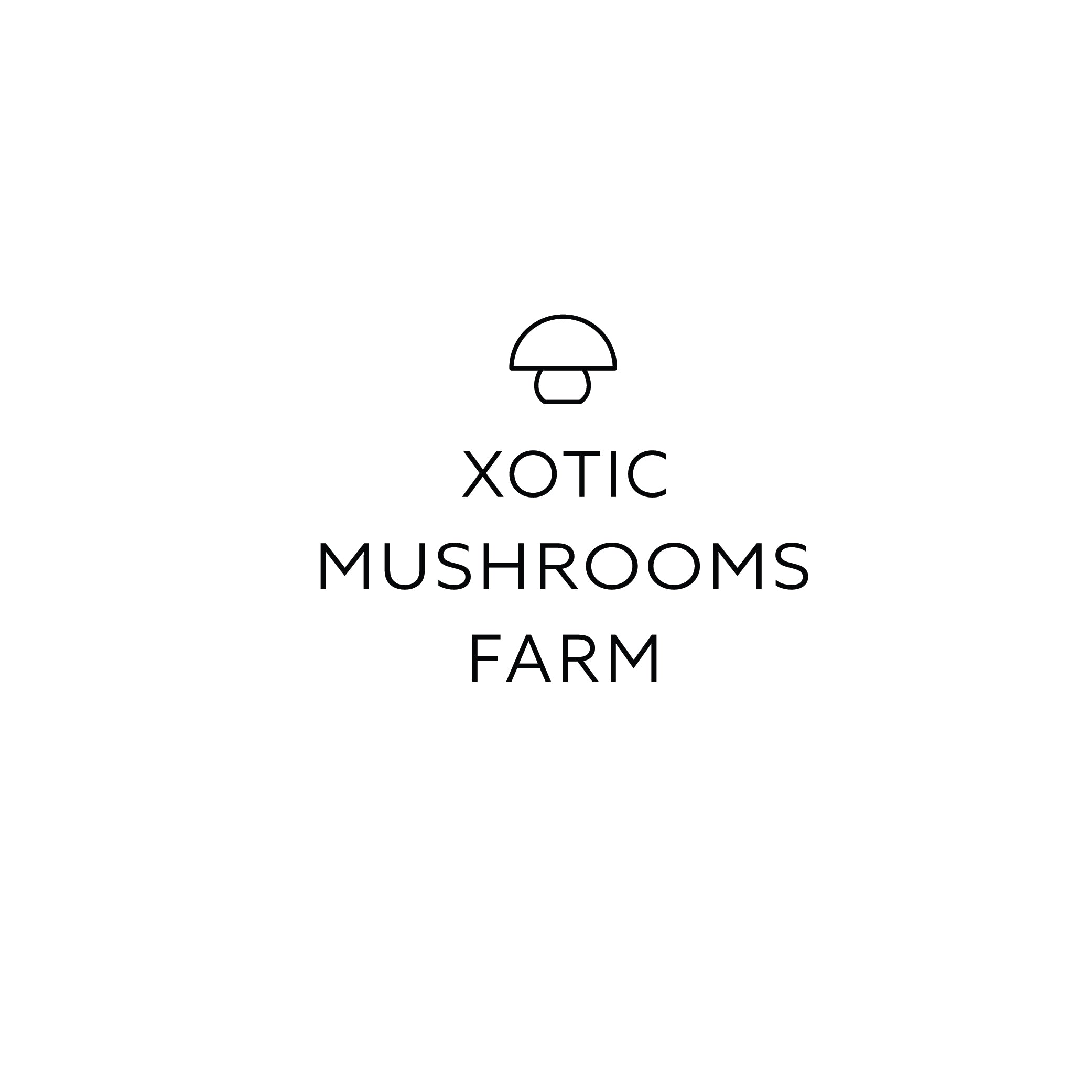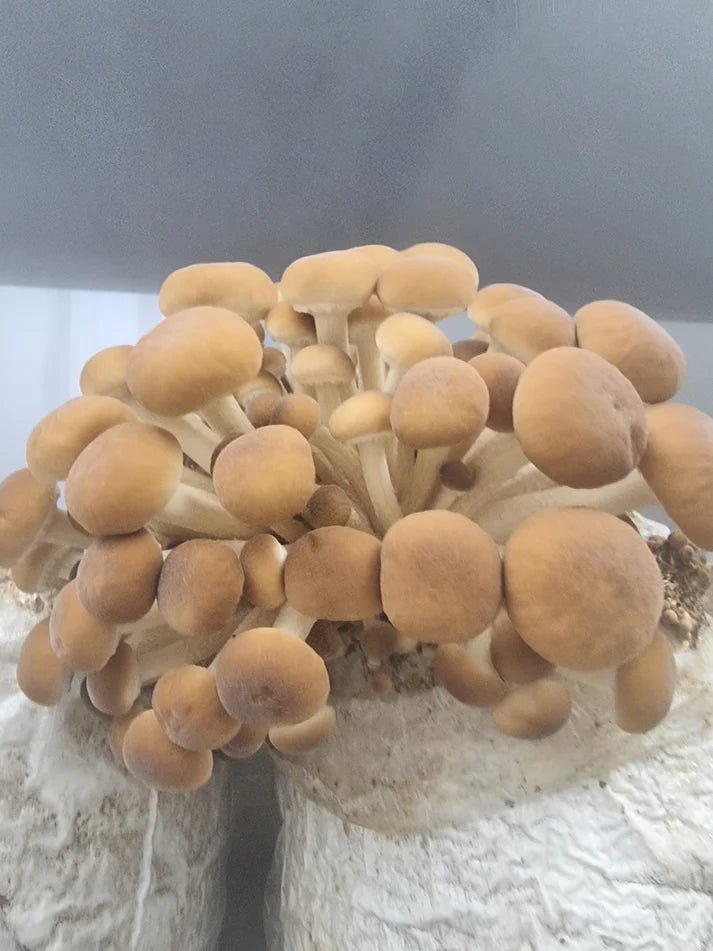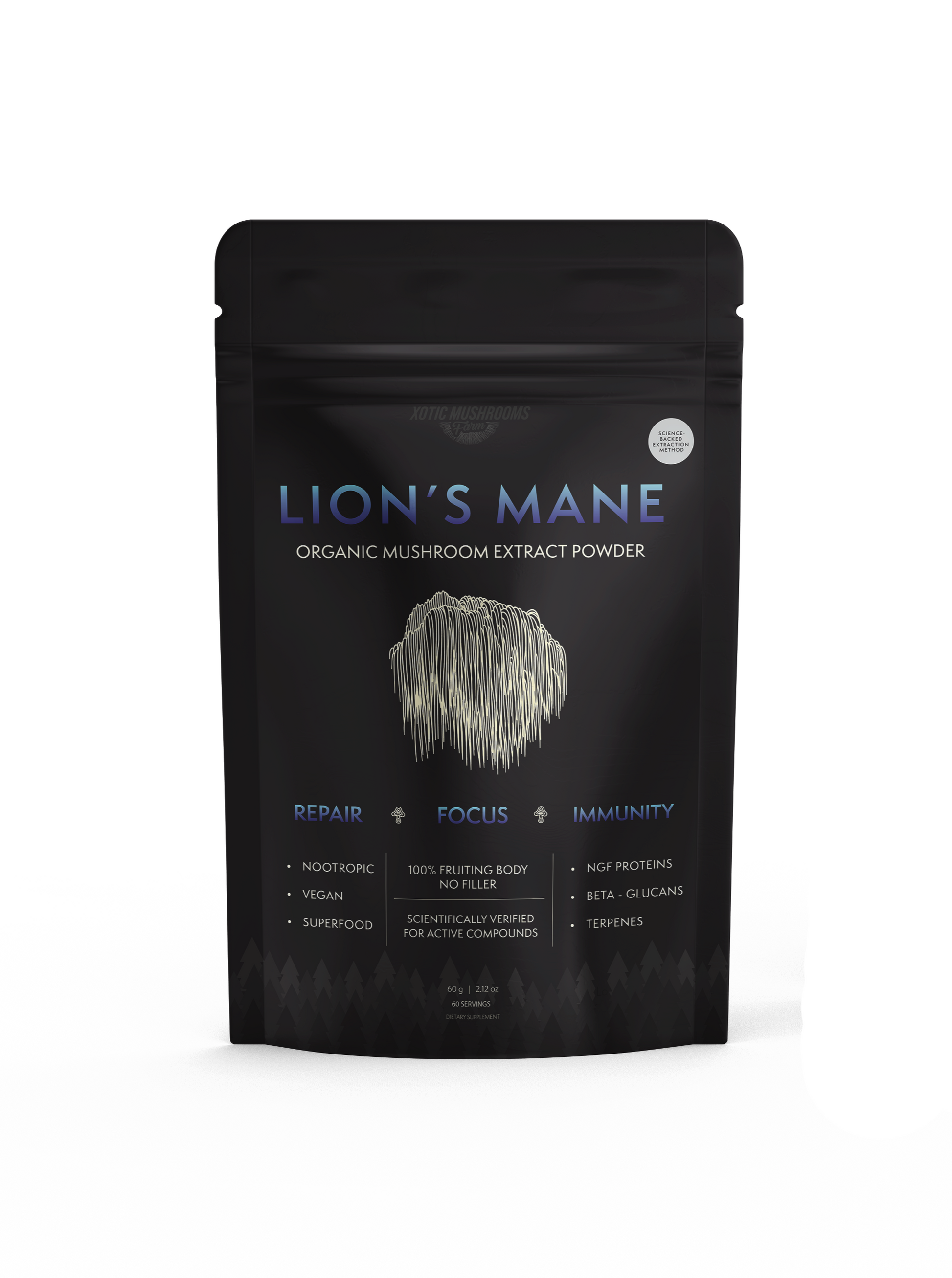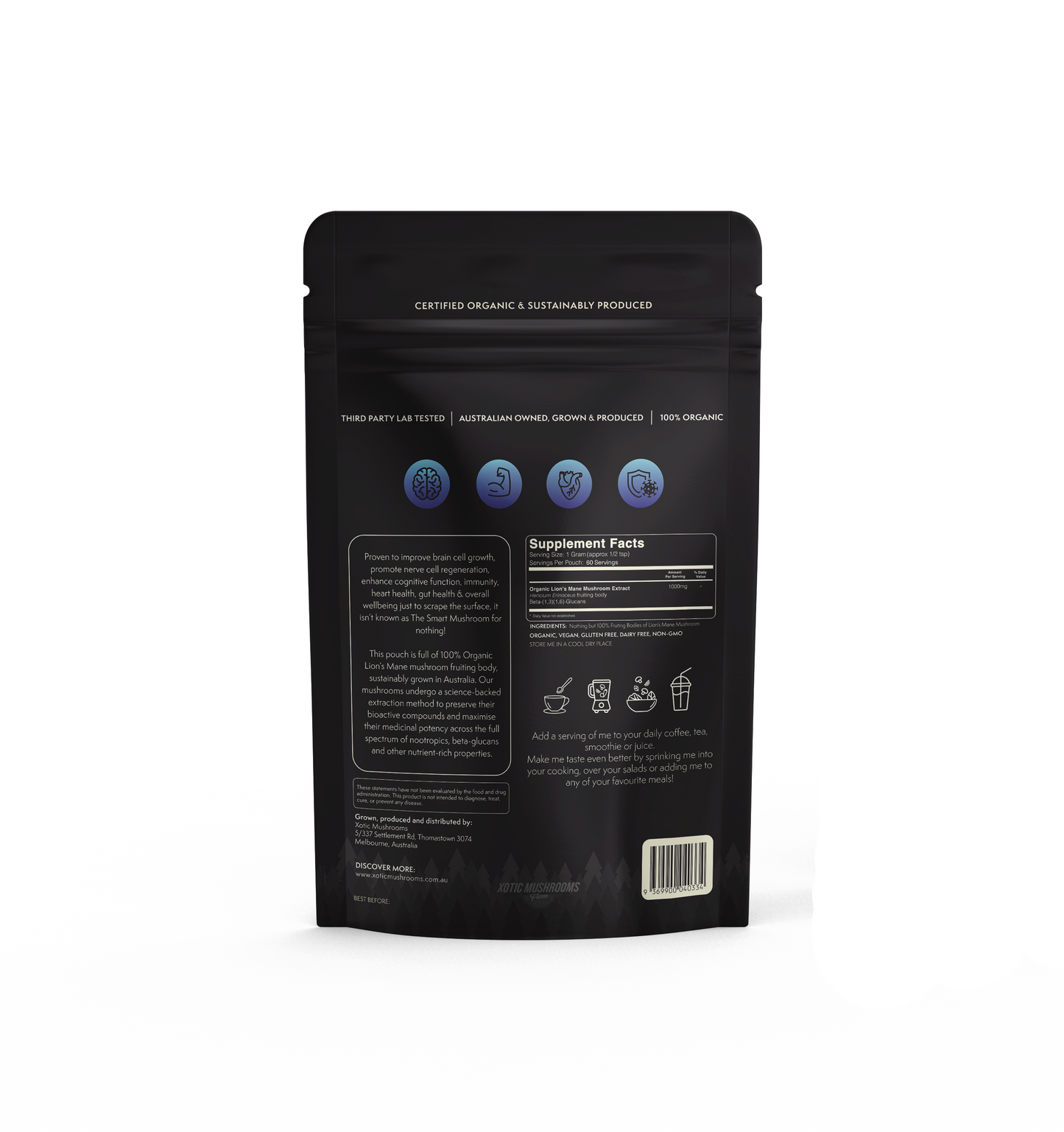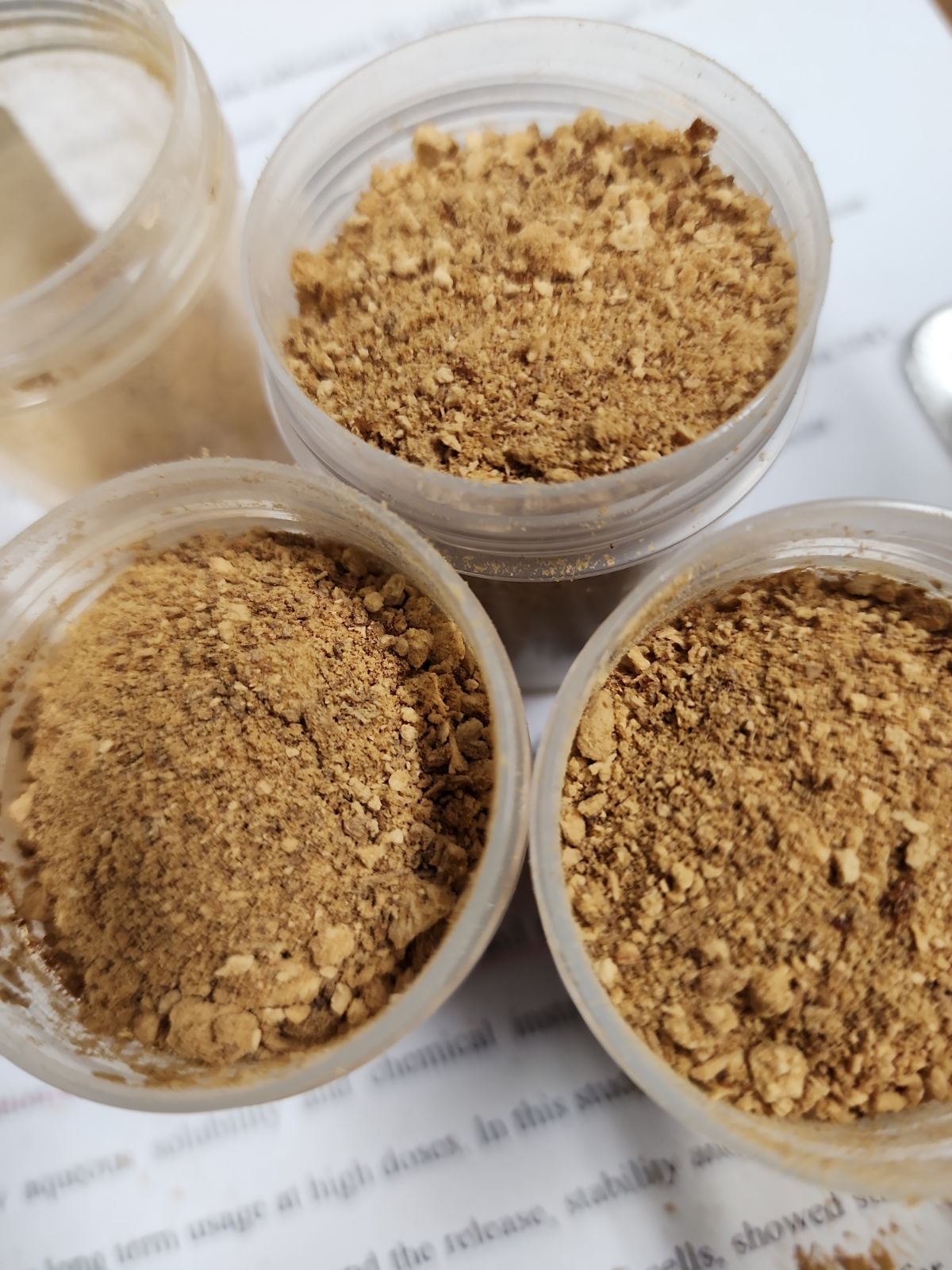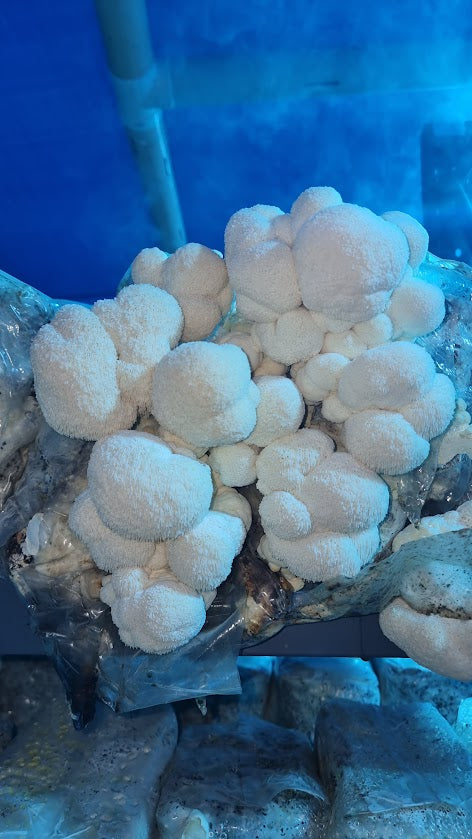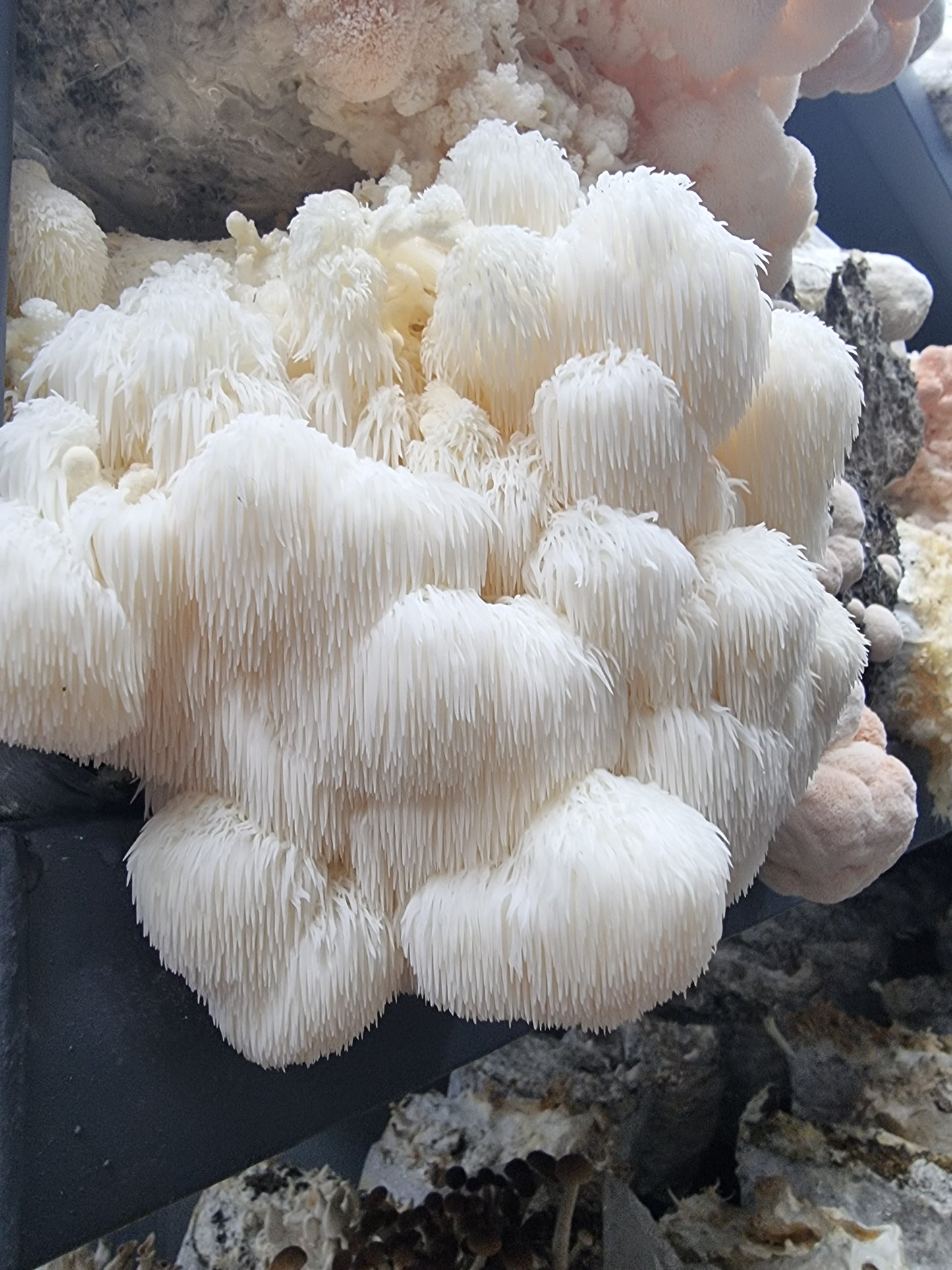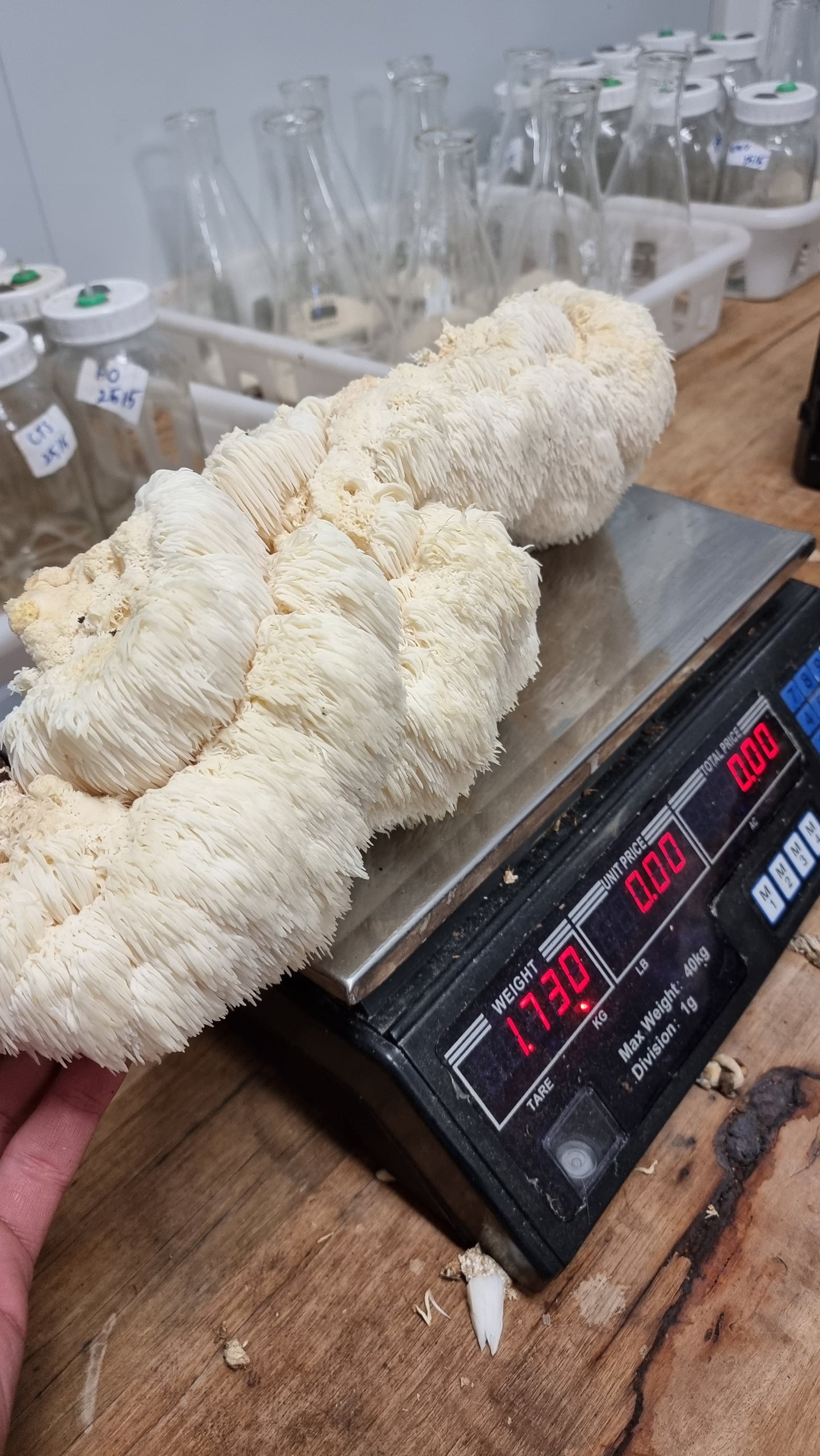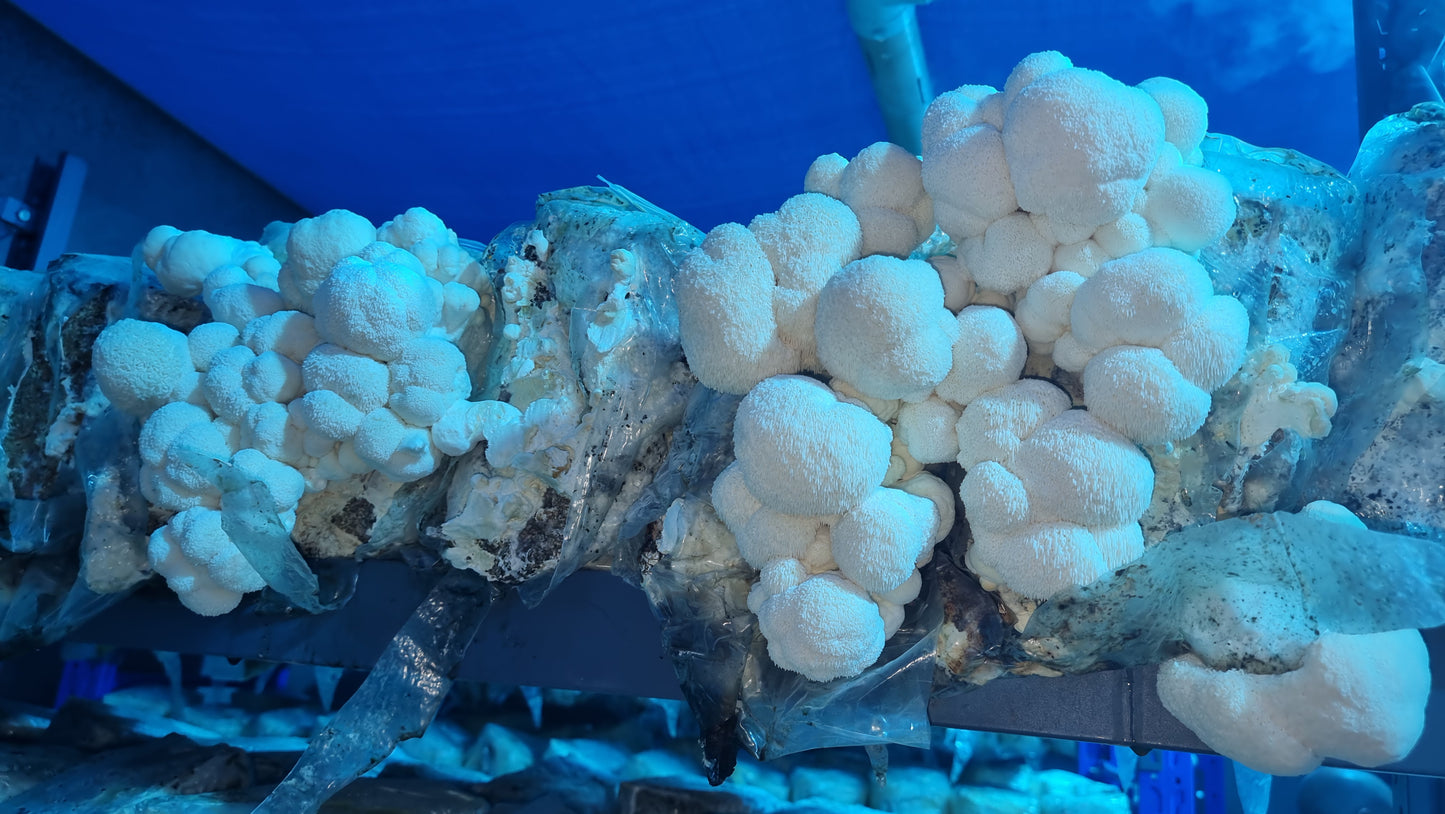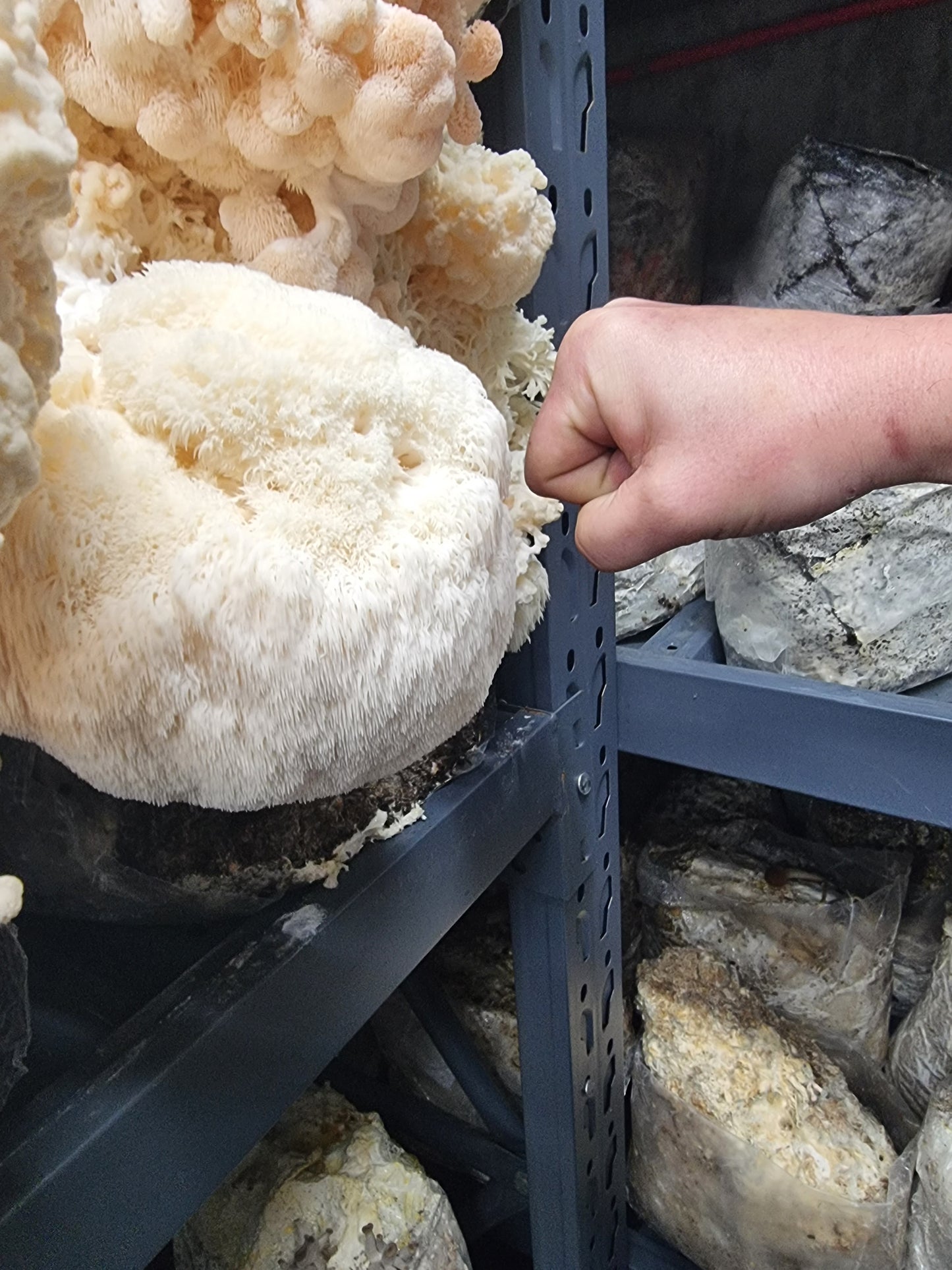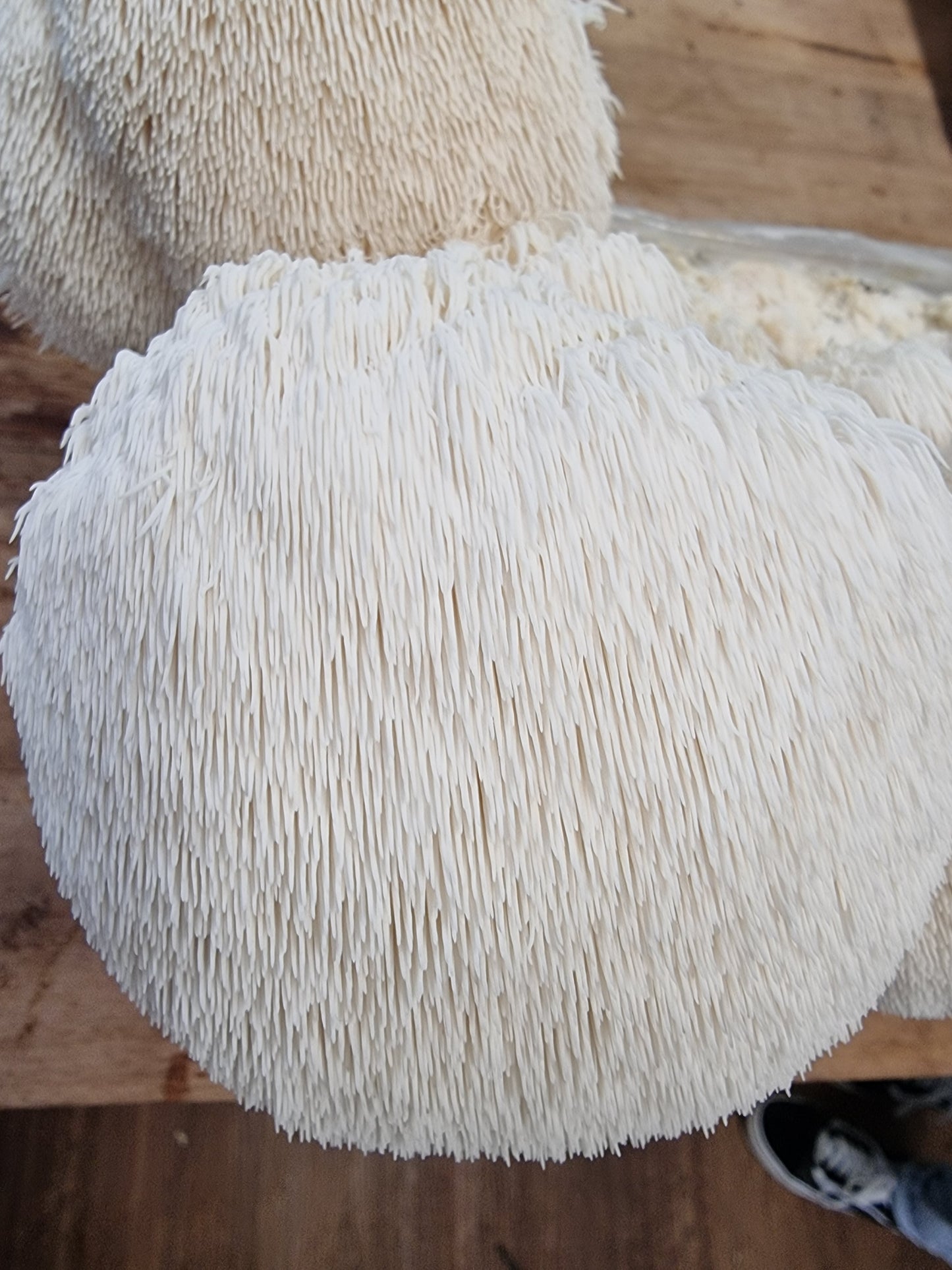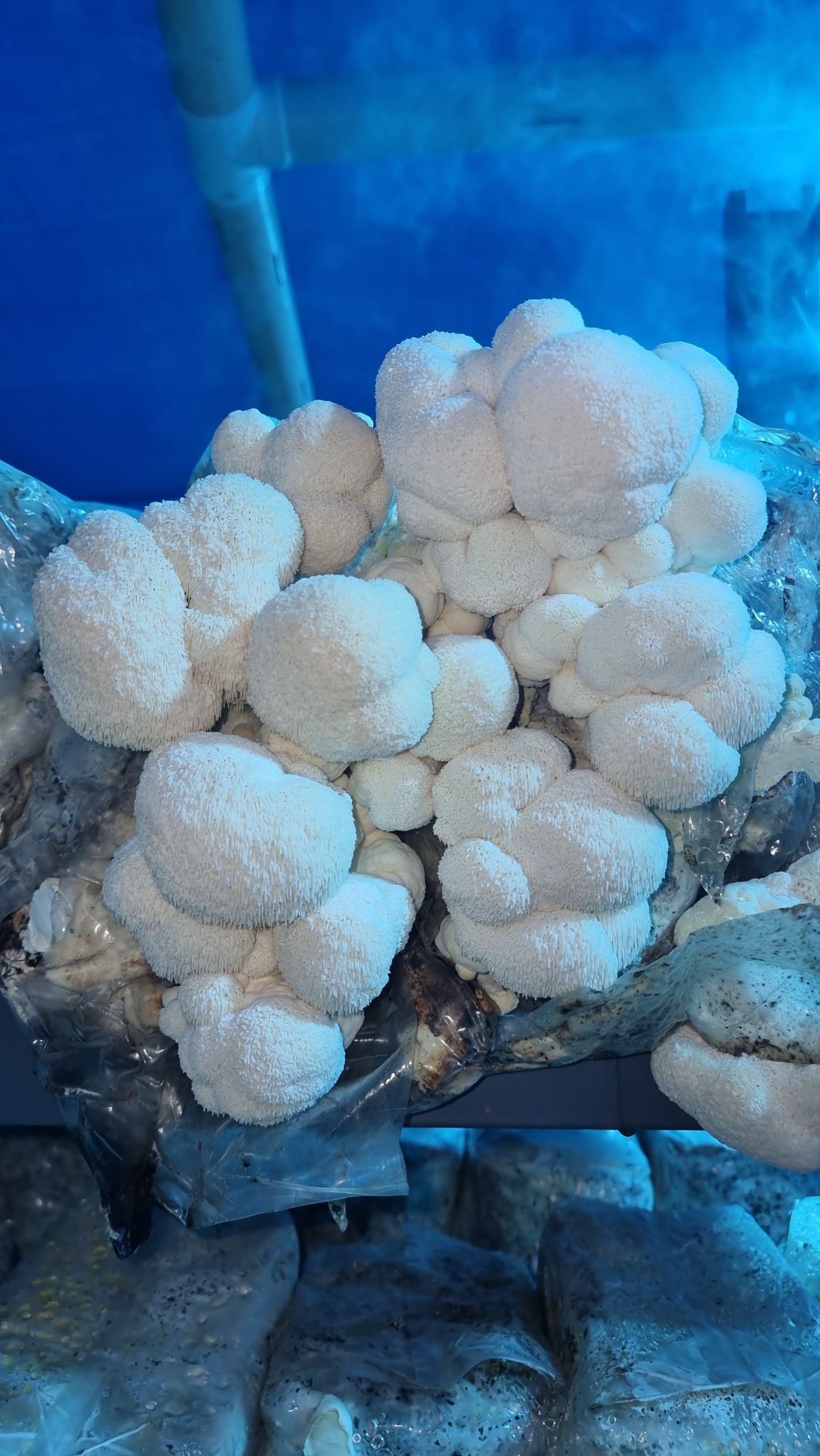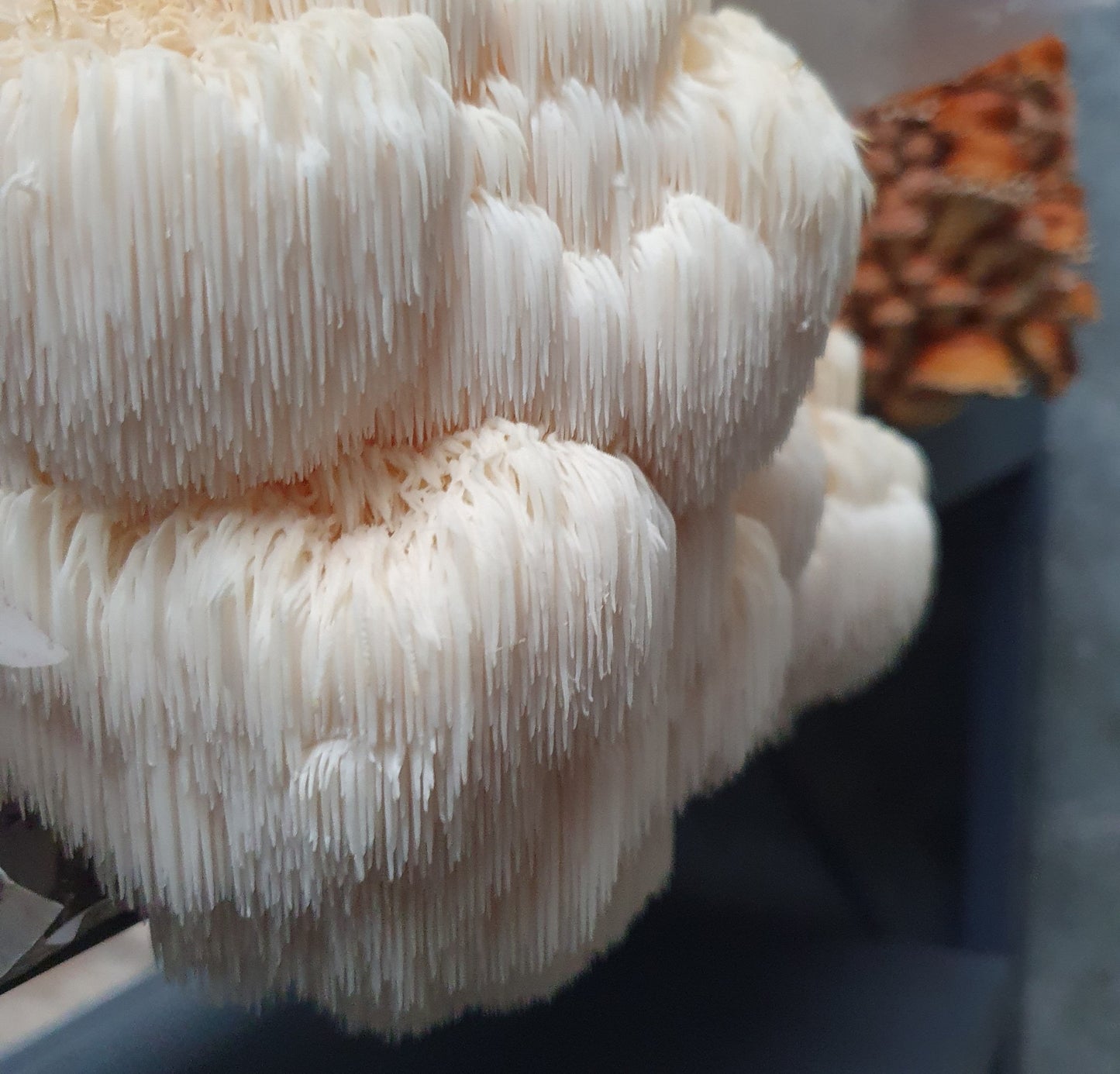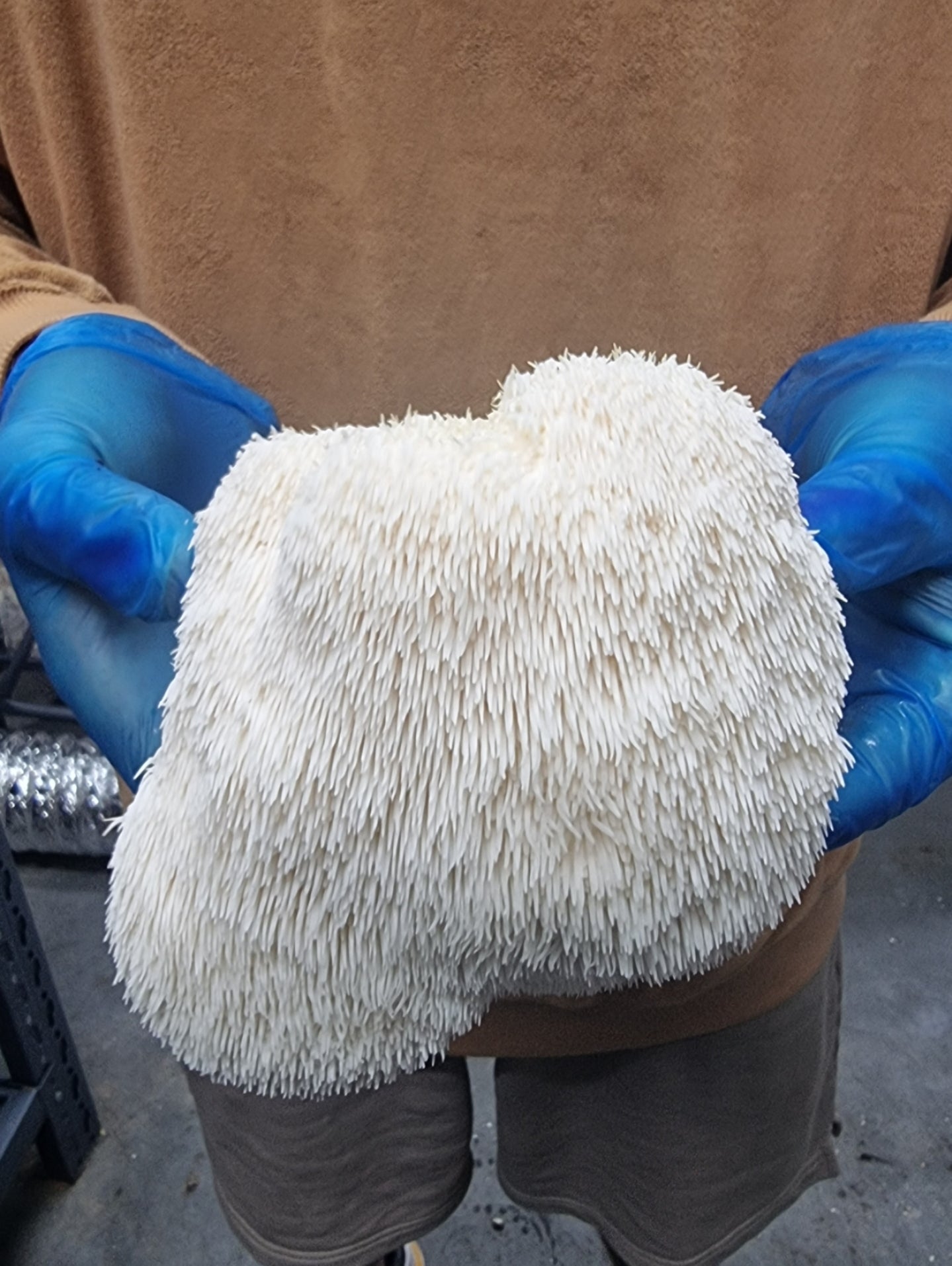Pioppino mushrooms, scientifically known as Agrocybe aegerita, have captivated the culinary and health-conscious world with their unique flavor profile and potential health benefits.
Yet, these remarkable fungi have also become shrouded in myths and misconceptions.
In this article, we uncover the truths surrounding Pioppino mushrooms, separating fact from fiction and shedding light on their fascinating qualities.
Buy one of the most sought-after species with restaurant customers because of their amazing taste and elegant form.
Myth 1: Pioppino Mushrooms are Poisonous
One common misconception about Pioppino mushrooms is that they are poisonous.
Pioppino mushrooms are not only edible but are also enjoyed by food enthusiasts around the globe.
These mushrooms have a delightful mild flavor with nutty undertones, making them a delectable addition to various dishes.
Myth 2: Pioppino Mushrooms are Difficult to Identify
While it is important to exercise caution when foraging for wild mushrooms, identifying Pioppino mushrooms is not as complex as some myths suggest.
These mushrooms typically have a distinguishing appearance – a dark brown to black cap with a white stem – which makes them relatively easy to recognize.
However, if you are uncertain about mushroom identification, it is always advisable to seek guidance from an experienced forager or mycologist.
Myth 3: Pioppino Mushrooms Have No Nutritional Value
Contrary to the belief that Pioppino mushrooms lack nutritional value, these fungi are, in fact, a nutrient-rich food source.
They are low in calories and fat, making them an ideal option for those seeking a health-conscious diet.
Pioppino mushrooms are an excellent source of vitamins such as B vitamins (particularly niacin and riboflavin), which play a vital role in energy metabolism and overall well-being.
Myth 4: Pioppino Mushrooms Offer No Health Benefits
Pioppino mushrooms have been traditionally valued not only for their culinary appeal but also for potential health benefits.
Research suggests that these mushrooms possess antioxidant and anti-inflammatory properties.
They contain ergosterol, a precursor to vitamin D, which may contribute to bone health and immune system support.
Additionally, Pioppino mushrooms contain compounds that could aid in maintaining healthy blood sugar levels.
Myth 5: Pioppino Mushrooms Cannot Be Cultivated
A prevailing myth is that Pioppino mushrooms are difficult to cultivate, reserved only for experienced mycologists.
On the contrary, Pioppino mushrooms are well-suited for cultivation and can even thrive in controlled environments such as home gardens or indoor setups.
With the right substrate, temperature, and humidity conditions, enthusiasts can successfully cultivate these mushrooms, enjoying a fresh and sustainable supply.
Myth 6: Pioppino Mushrooms Taste Bitter
Some misconceptions surrounding Pioppino mushrooms pertain to their taste, with claims that they have a bitter or unpleasant flavor.
In reality, Pioppino mushrooms are celebrated for their delicate and mild taste, often likened to the flavors of almonds or cashews.
When properly prepared, these mushrooms can elevate the taste of various dishes, adding a subtle earthy note.
Myth 7: Pioppino Mushrooms are Exclusively Used in Cooking
Pioppino mushrooms have a versatile nature that extends beyond the realm of cooking.
While they are indeed a sought-after culinary ingredient, Pioppino mushrooms have also been explored for their potential medicinal applications.
Extracts and compounds from these mushrooms are being studied for their possible role in supporting immune function, cardiovascular health, and more.
Myth 8: Pioppino Mushrooms are Rare and Hard to Find
It is often believed that Pioppino mushrooms are rare and challenging to find, but this myth does not hold true.
Thanks to their successful cultivation, these mushrooms are becoming increasingly available in local markets and specialty stores.
Additionally, foraging enthusiasts who are familiar with their distinctive appearance can identify Pioppino mushrooms in the wild, further debunking the notion of their rarity.
Conclusion
As we have journeyed through the myths surrounding Pioppino mushrooms, we have unveiled a world of culinary delight and potential health benefits.
These fungi, often misunderstood and underestimated, offer a myriad of opportunities for culinary exploration and well-being.
From dispelling misconceptions about their edibility and taste to highlighting their nutritional value and cultivation feasibility, Pioppino mushrooms stand as a testament to the beauty of nature's offerings.
Whether gracing a gourmet dish or contributing to scientific research, Pioppino mushrooms continue to captivate and inspire, inviting us to embrace their true essence.
